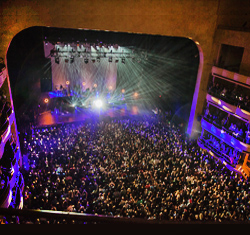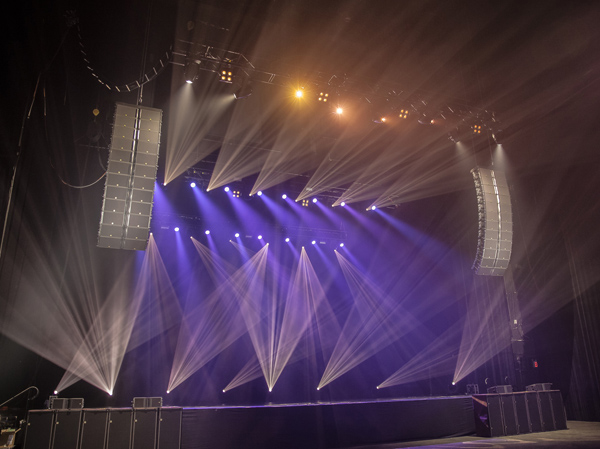In 1906, Oscar Hammerstein I (grandfather of the famed lyricist) opened the Manhattan Opera House, intended as a venue to make opera accessible to a wider variety of patrons than was typical at the time.
In the century-plus years since, it’s also hosted vaudeville and concerts of all descriptions and a wide range of special events, in addition to serving in addition to serving as a scoring stage for films and recording artists.
Now fittingly known as the Hammerstein Ballroom at The Manhattan Center, the elegant three-tiered, 12,000-square-foot facility located on 34th Street in Manhattan has a new sound reinforcement system, part of a two-year, phased renovation and upgrade of The Manhattan Center overall. Yet while the Hammerstein Ballroom was part of the project, the renovations were purely cosmetic and did not include acoustic treatment.
Yet while the Hammerstein Ballroom was part of the project, the renovations were purely cosmetic and did not include acoustic treatment.
Discussions about the new system began in 2012, during which time representatives of the venue were considering various potential designs, comparing manufacturers and looking at the benefits of buying versus renting. The process culminated earlier this year with the installation of the system.
Initially, Peter Auslan, production manager for The Manhattan Center and the Hammerstein Ballroom, reached out to various manufacturers, including L-Acoustics, as part of the system comparison process, and had an ongoing relationship with NYC-based integrator See Factor, from whom they had rented systems previously on a regular basis.
“When I started looking at the feasibility of this project, it was about becoming more competitive,” Auslan explains. “In looking at the pros and cons and crunching numbers, it became apparent there was really only one other venue our size in the city that didn’t have an installed system – our main competitor, Roseland Ballroom. When that closed it also was clear that it was time to up our game considerably.”
In addition to its elegant appearance, the Hammerstein Ballroom is noted for a very good acoustic design. Capacity depends on the configuration of the room. It seats about 2,500 for theatrical productions and musical performances, and several thousand for events held within a central ring.
The main floor is level, and the two main balconies, unusually close to the ground and gently sloped upward, seat approximately 1,200. There are also six shallow balconies on the sides, generally used by VIPs and celebrity guests. The 85-foot ceiling offers multiple rigging points for various audio, lighting and set design applications. It’s a decidedly multi-purpose space, with the addition of the system aimed at deepening the venue’s capability to provide top technology for musical artists as well as upping the level of flexibility for other applications.
















